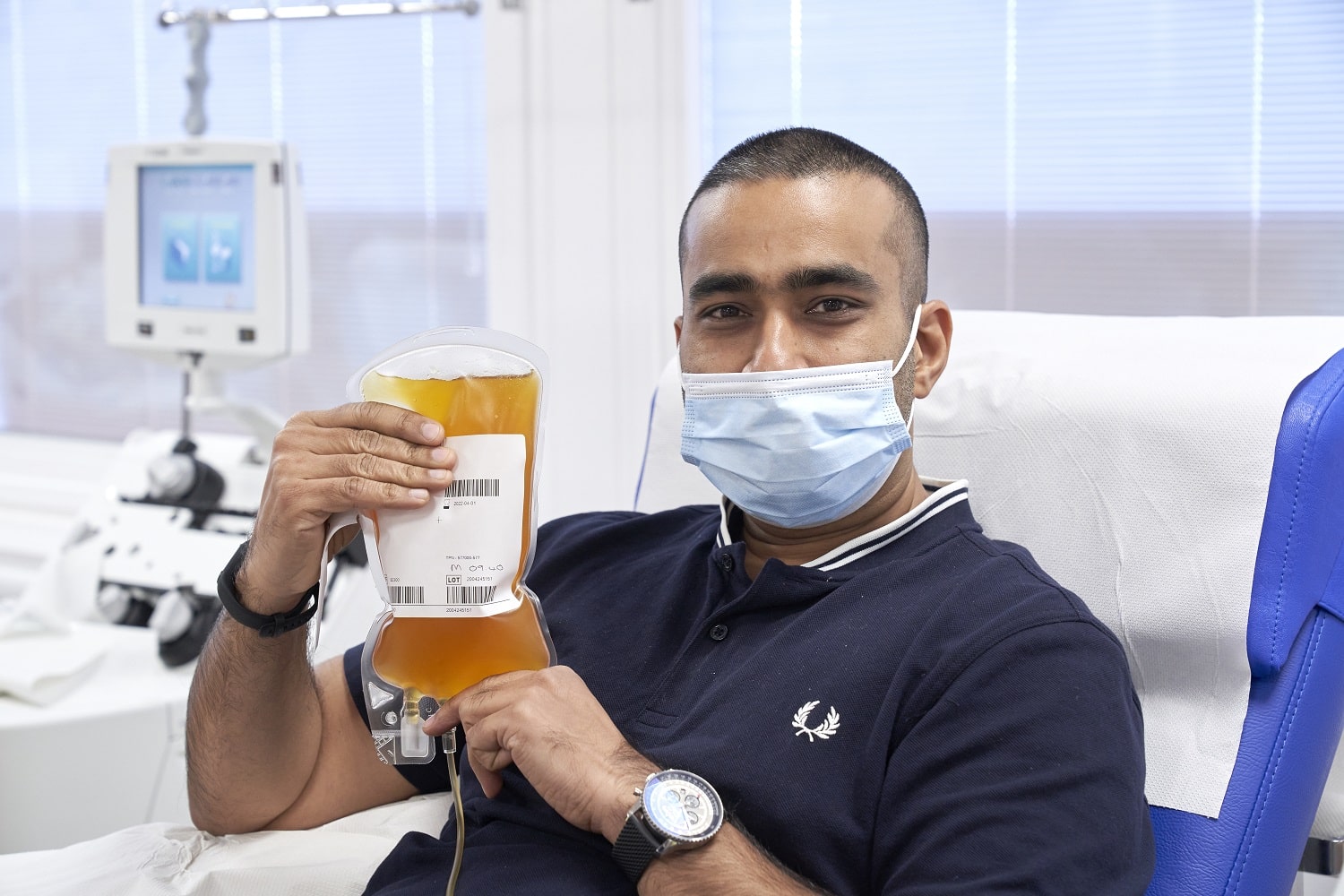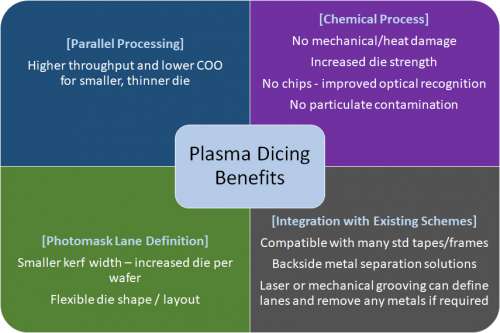What is Plasma Donation and Why is it Valuable?
Plasma donation is the process of giving the liquid part of your blood, which is rich in antibodies and proteins, to help create life-saving therapies for patients with rare and serious diseases. The plasma industry is a rapidly growing market, with an increasing demand for high-quality plasma to support the development of new treatments and medications.
The value of plasma lies in its unique composition, which contains essential proteins and antibodies that can be used to create a range of therapies, including clotting factor concentrates for hemophilia patients, immunoglobulin for patients with immune system disorders, and albumin for patients with liver disease.
Plasma donation is a safe and regulated process, with strict guidelines in place to ensure the quality and safety of the plasma collected. Donors are carefully screened and tested to ensure they meet the necessary eligibility criteria, and the plasma is collected using sterile equipment and techniques.
With the growing demand for plasma, donors can earn money for their donations, making it a valuable opportunity for those looking to supplement their income. But how much can you get for selling plasma? The answer varies depending on several factors, including location, weight, and frequency of donation.
According to industry reports, the global plasma market is expected to continue growing, driven by increasing demand for plasma-derived therapies. This growth is expected to create new opportunities for plasma donors, making it an attractive option for those looking to earn money while contributing to medical research and treatment.
As the plasma industry continues to evolve, it’s essential to understand the process of plasma donation, its importance in medical research and treatment, and why it’s a valuable commodity. By doing so, donors can make informed decisions about their plasma donations and take advantage of the opportunities available to them.
How Much Can You Earn from Selling Plasma?
One of the most common questions people have when considering plasma donation is “how much can I get for selling plasma?” The answer varies depending on several factors, including location, weight, and frequency of donation.
According to the Plasma Protein Therapeutics Association (PPTA), the average payment for plasma donation in the United States is around $20 to $50 per donation. However, some donation centers may pay more or less, depending on their specific policies and the demand for plasma in their area.
A study by the market research firm, Kalorama Information, found that the average annual earnings for plasma donors in the United States is around $1,000 to $2,000. However, this amount can vary significantly depending on the frequency of donation and the individual’s weight.
It’s also worth noting that some plasma donation centers may offer additional incentives, such as loyalty programs or referral bonuses, which can increase earnings potential. Additionally, some centers may pay more for plasma donations that are used for specific medical treatments, such as hemophilia or immunodeficiency disorders.
To give you a better idea of the earning potential for plasma donation, here are some approximate payment rates for different types of plasma donations:
- Whole plasma donation: $20 to $50 per donation
- Source plasma donation: $30 to $75 per donation
- Double red cell plasma donation: $40 to $100 per donation
Keep in mind that these are just approximate payment rates, and the actual amount you can earn from selling plasma will depend on a variety of factors, including your location, weight, and the specific donation center you work with.
Factors Affecting Plasma Donation Pay: What You Need to Know
When it comes to selling plasma, the amount of money you can earn varies depending on several factors. Understanding these factors can help you maximize your earnings and make the most of your plasma donations.
One of the most significant factors affecting plasma donation pay is weight. Generally, the more you weigh, the more plasma you can donate, and the more money you can earn. This is because plasma donation centers typically pay based on the volume of plasma collected, and heavier individuals tend to have more plasma to donate.
Age is another factor that can impact plasma donation pay. In the United States, for example, plasma donors must be at least 18 years old and weigh at least 110 pounds to be eligible to donate. Additionally, some plasma donation centers may have upper age limits for donors, typically around 65 years old.
Medical history is also an important factor in determining plasma donation pay. Certain medical conditions, such as hemophilia or immunodeficiency disorders, may require specialized plasma donations that can command higher prices. Additionally, donors with a history of certain medical conditions may be eligible for higher-paying plasma donation programs.
Frequency of donation is another factor that can impact plasma donation pay. Donors who donate plasma regularly may be eligible for loyalty programs or other incentives that can increase their earnings. Additionally, some plasma donation centers may offer higher pay rates for frequent donors.
Location is also a factor in determining plasma donation pay. Plasma donation centers in urban areas may pay more than those in rural areas, due to the higher demand for plasma in these areas. Additionally, some states may have laws or regulations that impact plasma donation pay, such as minimum payment requirements for donors.
Other factors that can impact plasma donation pay include the type of plasma donation, the donation center’s policies, and the donor’s overall health. For example, some plasma donation centers may pay more for certain types of plasma donations, such as source plasma or double red cell plasma.
By understanding these factors, you can make informed decisions about your plasma donations and maximize your earnings. Whether you’re a frequent donor or just starting out, knowing how to navigate the plasma donation market can help you get the most out of your plasma.
A Guide to Finding the Best Plasma Donation Centers Near You
When it comes to selling plasma, it’s essential to find a reputable and safe donation center. With so many options available, it can be overwhelming to choose the right one. Here are some tips and advice on how to find the best plasma donation centers near you.
Online Directories: One of the easiest ways to find plasma donation centers in your area is to use online directories. Websites like Google Maps, Yelp, and the Plasma Protein Therapeutics Association (PPTA) website can help you locate donation centers near you. Simply enter your location and the type of donation center you’re looking for, and you’ll get a list of nearby centers.
Reviews: Checking reviews from other donors can give you an idea of what to expect from a particular donation center. Look for reviews on websites like Yelp, Google, and Facebook to get a sense of the center’s reputation, safety, and payment rates.
Word-of-Mouth Referrals: Ask friends, family, or coworkers who have donated plasma for recommendations. They can provide valuable insights into their experiences and help you find a reputable donation center.
Check for Accreditation: Make sure the donation center you choose is accredited by a reputable organization, such as the AABB (American Association of Blood Banks) or the FDA (Food and Drug Administration). Accreditation ensures that the center meets strict safety and quality standards.
Verify Payment Rates: Before choosing a donation center, verify their payment rates. Some centers may offer higher payment rates than others, so it’s essential to compare rates before making a decision.
Consider the Donation Process: Think about the donation process and what you’re comfortable with. Some centers may offer more comfortable and convenient donation processes than others.
Check for Safety Protocols: Ensure that the donation center you choose has strict safety protocols in place to protect donors. This includes proper sanitation, sterilization, and medical screening.
By following these tips, you can find a reputable and safe plasma donation center near you. Remember to always prioritize your safety and well-being when donating plasma.
Maximizing Your Earnings: Tips for Frequent Plasma Donors
For frequent plasma donors, maximizing earnings is crucial to making the most of their donations. Here are some tips to help you increase your earnings:
Maintain a Healthy Lifestyle: A healthy lifestyle is essential for frequent plasma donors. Eating a balanced diet, staying hydrated, and exercising regularly can help you maintain a healthy weight and ensure that your plasma is of high quality.
Stay Hydrated: Drinking plenty of water is essential for plasma donors. Dehydration can lead to a decrease in plasma quality, which can affect your earnings. Aim to drink at least 8-10 glasses of water per day.
Understand the Donation Process: Understanding the donation process can help you maximize your earnings. Knowing what to expect during the donation process can help you relax and ensure that your plasma is collected efficiently.
Choose the Right Donation Center: Choosing the right donation center can also impact your earnings. Look for centers that offer competitive payment rates, convenient locations, and a safe and comfortable donation process.
Consider Donating More Frequently: Donating more frequently can also increase your earnings. However, it’s essential to ensure that you are eligible to donate and that you are not putting your health at risk.
Take Advantage of Loyalty Programs: Many donation centers offer loyalty programs that reward frequent donors. These programs can provide additional incentives, such as bonus payments or free merchandise.
Keep Track of Your Donations: Keeping track of your donations can help you maximize your earnings. Use a donation log or app to track your donations and ensure that you are eligible to donate.
By following these tips, frequent plasma donors can maximize their earnings and make the most of their donations. Remember to always prioritize your health and safety when donating plasma.
Plasma Donation vs. Other Ways to Make Money: A Comparison
When considering ways to make extra money, it’s essential to weigh the pros and cons of each option. Plasma donation is a viable income stream, but how does it compare to other methods? In this section, we’ll explore alternative ways to make money, including selling blood, participating in medical studies, and freelancing, to help you determine if plasma donation is the best fit for you.
Selling blood is another way to earn money, but it’s essential to note that blood donation and plasma donation are two different processes. Blood donation typically pays less than plasma donation, with average payments ranging from $20 to $50 per donation. However, blood donation is often quicker, with a typical donation time of 30 minutes to an hour.
Participating in medical studies is another option for earning money. These studies can pay significantly more than plasma donation, with some studies offering upwards of $1,000 or more. However, medical studies often require a significant time commitment, and participants must meet specific eligibility criteria.
Freelancing is a popular way to earn money, with platforms like Upwork and Fiverr offering a range of opportunities. Freelancing rates vary widely depending on the service offered, but experienced freelancers can earn upwards of $50 per hour or more. However, freelancing requires a specific skill set and can be unpredictable in terms of income.
In comparison, plasma donation offers a relatively stable income stream, with average payments ranging from $20 to $50 per donation. While the pay may not be as high as some other options, plasma donation is a low-commitment way to earn money, with most donations taking around 1-2 hours.
When considering how much you can get for selling plasma, it’s essential to factor in the frequency of donation. Frequent donors can earn upwards of $200 to $400 per month, making plasma donation a viable way to supplement your income.
Ultimately, the best way to make money is the one that aligns with your skills, interests, and schedule. Plasma donation offers a unique opportunity to earn money while contributing to medical research and treatment. By understanding the pros and cons of plasma donation and comparing it to other options, you can make an informed decision about whether selling plasma is right for you.
Common Questions and Concerns About Selling Plasma
As with any medical procedure, plasma donation raises several questions and concerns. In this section, we’ll address some of the most common queries and provide reassurance and clarity for those considering selling plasma.
Is plasma donation safe? Yes, plasma donation is a safe and regulated process. Reputable donation centers follow strict guidelines to ensure donor safety and comfort. Donors are also screened for eligibility and monitored throughout the donation process.
What are the eligibility criteria for plasma donation? To be eligible for plasma donation, donors must meet specific criteria, including age, weight, and medical history. Donors must be at least 18 years old, weigh at least 110 pounds, and be in good overall health. Certain medical conditions, such as HIV or hepatitis, may disqualify individuals from donating plasma.
How does plasma donation affect overall health? Plasma donation is a relatively safe process, but it can cause some temporary side effects, such as dizziness, fatigue, and bruising at the needle site. Donors may also experience a temporary decrease in plasma protein levels, but this is usually restored within 24-48 hours.
Can I donate plasma if I have a tattoo or piercing? Yes, individuals with tattoos or piercings can donate plasma, but they may be deferred for a certain period. The deferral period varies depending on the type of tattoo or piercing and the donation center’s policies.
How often can I donate plasma? The frequency of plasma donation varies depending on the donation center and the individual’s eligibility. Typically, donors can donate plasma twice within a 7-day period, with at least 2 days in between donations.
What happens to my plasma after donation? After donation, plasma is processed and used to create life-saving therapies, such as clotting factor concentrates for hemophilia patients and immunoglobulin for patients with immune system disorders.
By addressing these common questions and concerns, we hope to provide reassurance and clarity for those considering selling plasma. Remember, plasma donation is a safe and regulated process that can help save lives while providing a valuable source of income.
Conclusion: Turning Your Plasma into a Valuable Asset
In conclusion, selling plasma can be a valuable way to earn money while contributing to medical research and treatment. By understanding the process of plasma donation, the factors that affect payment rates, and the benefits of frequent donation, individuals can make informed decisions about how to maximize their earnings.
As the demand for plasma continues to grow, the opportunities for individuals to earn money through plasma donation are increasing. By choosing a reputable donation center, maintaining a healthy lifestyle, and understanding the donation process, individuals can turn their plasma into a valuable asset.
While plasma donation may not be for everyone, it can be a viable income stream for those who are eligible and willing to donate. By considering the pros and cons of plasma donation and comparing it to other ways to make money, individuals can make an informed decision about whether selling plasma is right for them.
Ultimately, the amount of money you can earn from selling plasma depends on various factors, including your location, weight, and frequency of donation. However, with the right information and a little bit of effort, individuals can unlock the value of their plasma and turn it into a valuable asset.
So, how much can you get for selling plasma? The answer depends on you. By taking the first step and learning more about plasma donation, you can start earning money and contributing to the development of life-saving therapies. Don’t let your plasma go to waste – turn it into a valuable asset today.






